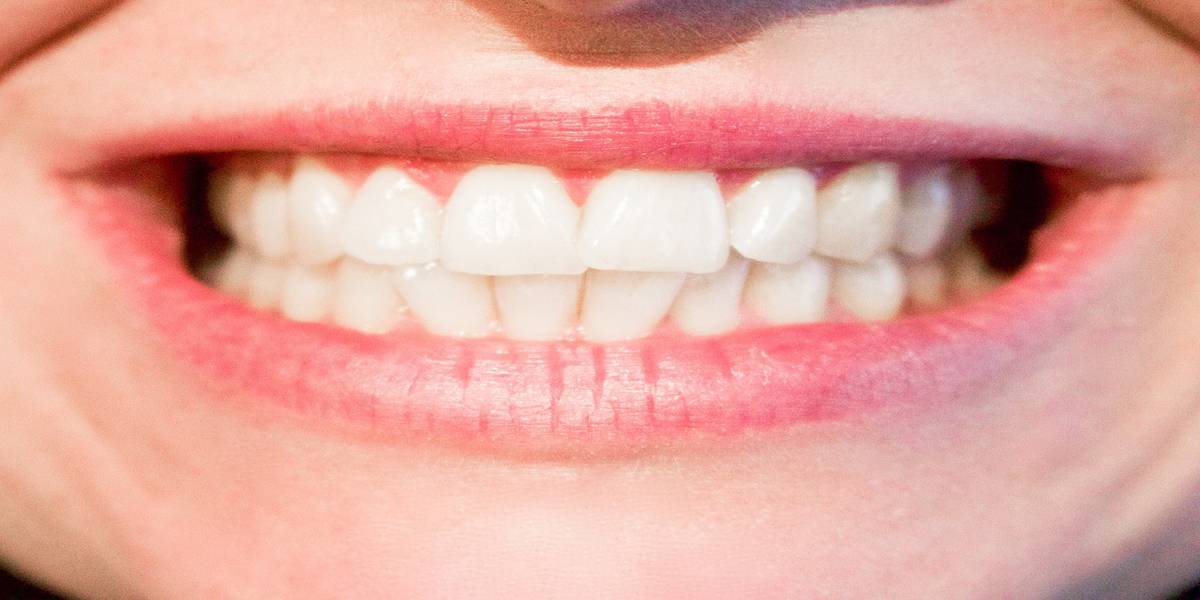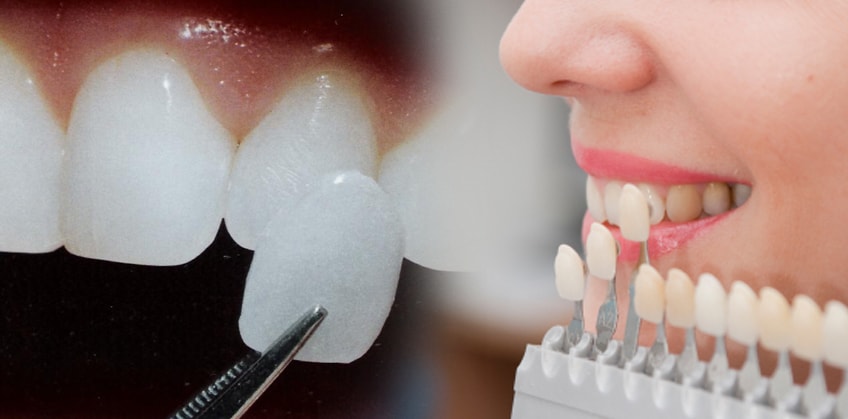
Coffee is a drink that you can enjoy any time of the day. However, it is also one of the culprits of yellow or brown spots on teeth. It will take you a visit to your dentist to get a teeth whitening fix to regain your confidence whenever you smile.
Polyphenols are compounds found in coffee. They are suitable for your blood circulation and blood pressure. However, they can leave spots on your pearly whites in the long run.
Stains from coffee don’t immediately appear, and the same goes for tea. If you’re a regular coffee drinker, you might observe yellow spots appearing on your teeth over time. It can be hard to get rid of them by regular brushing once they develop.
DIY whiteners vs. teeth whitening by your dentist
Some companies claim to have the best teeth whitening products available in the market, but these can have side effects.
Some DIY or do-it-yourself whitening kits can cause abrasions to the teeth when misused. They can lead to further staining, especially when you haven’t consulted your dentist before using one. In general, an over-the-counter teeth whitening kit also takes time to give you noticeable results.
Moreover, DIY whiteners like whitening strips don’t work for all of your teeth, especially when you have a tooth crown or dental veneers. Tooth discoloration caused by teeth injuries and medications needs professional whitening by your dentist.
Too much teeth whitening or bleaching can strip the teeth of their natural layer. As a result, your dentist conducts a whitening session only once or twice a year.
How to prevent stains while drinking your coffee
Preventing coffee stains is the key to bright pearly whites. Professional whitening can be done alongside other natural methods to prevent any spots from coming back.
Here are some tips you can consider each time you drink a delicious cup of coffee.
Enjoy your coffee with milk
Adding milk to your coffee doesn’t just help in making your drink creamy. It also protects your teeth from the acids that cause stains, especially when using animal milk. Cow’s milk is high in protein, which causes it to bind to the polyphenols.
Using animal milk allows the polyphenols to move to the stomach instead of staying on your teeth for long. Only animal milk works well because of its high-fat content.
Choose a low-caffeine brand of coffee
Caffeine is the component of coffee that keeps you awake. It is also one of the reasons why stains develop on your teeth as time goes by. Drinking coffee with less caffeine content helps prevent staining.
Less caffeine equates to a lower amount of polyphenols in your beverage. Drinking decaffeinated coffee means that you expose your teeth to fewer stains.
If you’re losing confidence with your smile because of your stained teeth, it’s time to consult your dentist for the best teeth whitening fix. Ask your Markham dentist what teeth whitening option will work best for coffee stains on your teeth.



